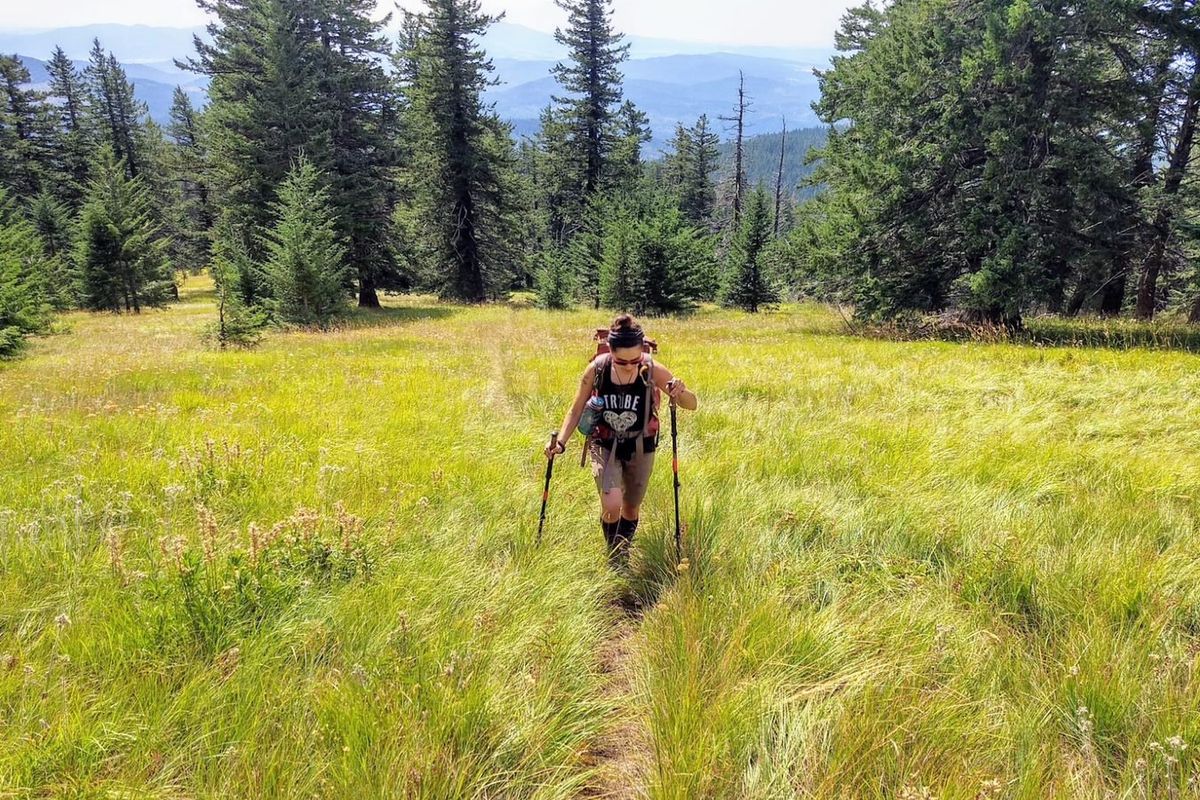Watching Wildlife: Plenty of places to check out local fauna

One of the many great things about Washington and North Idaho is that you don’t have to go far for great wildlife watching. In many areas, you can even do so in your own yard or at a nearby waterway.
Anywhere from North Idaho to Western Washington you can usually find a river, lake, stream or even an ocean within about 20 minutes of most locations.
Rivers are known as wildlife corridors because animals often travel along them since most have undeveloped, natural shorelines. They provide water for drinking and food in the form of plants for herbivores and smaller animals for carnivores.
In Eastern Washington, including some Spokane neighborhoods, moose are a fairly common site.
Cougars are not common but are spotted occasionally in some urban areas as well. Pretty much anywhere you live in North Idaho or Eastern Washington, you can see turkeys often in neighborhoods.
But if you’re looking to get out of your local community to watch wildlife, you have a lot of choices.
Close to home in Eastern Washington, there are many wildlife areas, refuges, parks and natural areas.
The Dishman Hills Natural Area is a great spot right within the city of Spokane Valley to hike without going far from home, and potentially see deer, moose, coyotes, rabbits and other animals any time of year.
A little farther afield but still in the Spokane area, Mount Spokane State Park is a popular outdoor recreation spot year-round and home to moose, cougars, coyotes, deer and bears, especially during huckleberry season when many parts of the mountain are covered in purple berries.
The Turnbull National Wildlife Refuge south of Cheney boasts over 20,000 acres in the channeled scablands with a system of trails traversing it.
Bird watchers are well-rewarded when spring or fall waterfowl migrations are under way. A variety of other wildlife can be seen, including deer, coyotes and especially moose.
In northeast Washington, the Little Pend Oreille National Wildlife Refuge covers close to 43,000 acres of natural area 13 miles southeast of Colville in the Selkirk Mountains.
The area supports bears, cougars, elk, moose deer, endangered wolves and Canadian lynx. In the summer you can often see mountain goats in the Scotchman Peak area.
Northeast Washington is also home to the Sherman Creek Wildlife Area that covers almost 12,000 acres along the west side of Lake Roosevelt in Ferry County, about 3 miles northwest of Kettle Falls. Deer, turkeys, bats, coyotes, porcupines and many birds can be observed here.
Toward the middle of the state, the Hanford Reach National Monument is a natural area along the north shore of the Columbia River north of Richland. The area is home to elk, badgers, bobcats, coyotes and many birds of prey, as the most abundant mammal in the area is mice.
About 15 miles south of Wenatchee is the almost 92,000-acre Colockum Wildlife Area, known for its elk herd, as well as other wildlife such as deer, bighorn sheep, bobcats, snowshoe hares, grouse, chukar and turkeys.
Mount Rainier National Park is known for its wildlife watching opportunities.
Its elevation difference of approximately 13,000 feet creates a variety of habitats that remain protected, and you’ll likely see different animals as elevations change.
Thanks to this incredible diversity, Mount Rainier is home to 65 mammal species, 14 species of amphibians, five species of reptiles, 182 species of birds and 14 species of native fish.